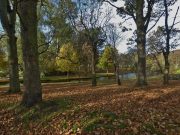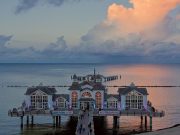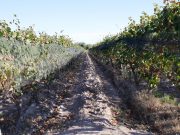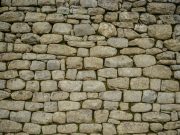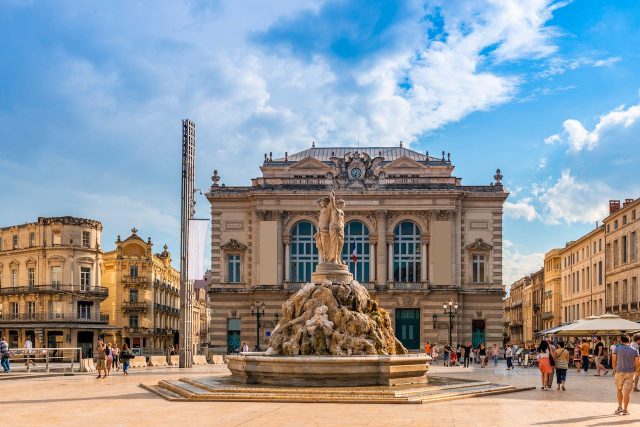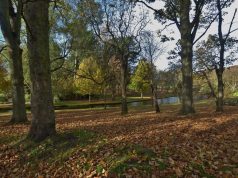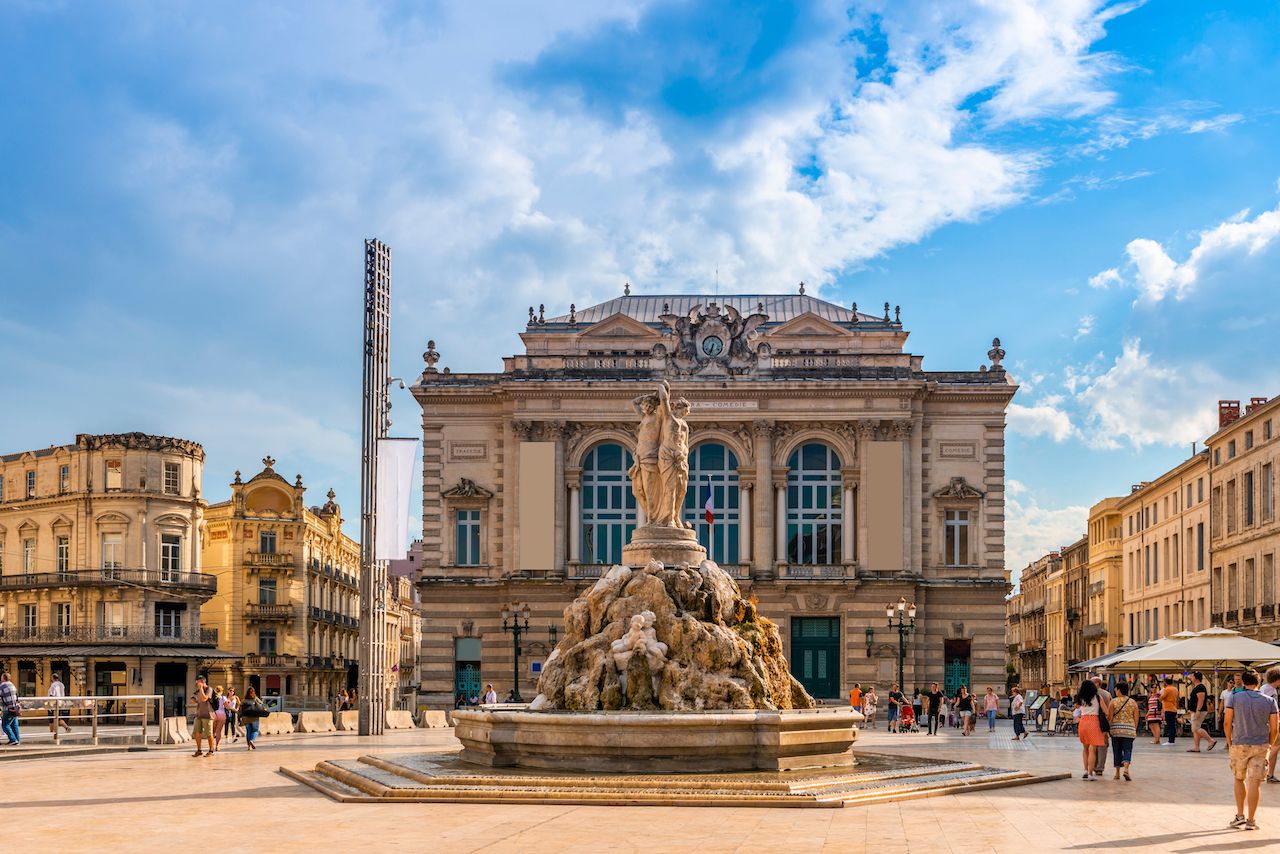
The Languedoc region, formally called Languedoc-Roussillon, comprises 10,570 square miles, spread across five major départements: Aude, Gard, Hérault, Lozère, and Pyrénées-Orientales. From beaches to cities to medieval citadels, the Languedoc’s diverse range of features is really astounding. But the how to start the journey is due to its main city, Montpellier. The bustling, food and wine-soaked capital from the region is a lot like a seaside area of Marseille in Provence, with a little more local charm.
Here, you’ll be capable of marvel within the Place en Comédie, a historic city square lined with captivating architecture, as well as a few churches, interesting museums, and live music venues. Another draw could be the Jardin des Plantes, a 450-year-old botanical garden that operates as a quiet, green get out of town (not that it ever gets too chaotic downtown). Countless restaurants and wine bars line the small, inclined streets, and it’s pretty difficult to make a mistake when southern French your meals are practically it truly is. So don’t stress over picking between the two — just go high are locals, order a glass of vino, and tuck in.
Because in the city’s international university, nightlife and adolescents may also be commonplace. For those who don’t mind sharing the city with a bit of visitors, head over to Montpellier within the Festival Radio France for endless live jazz concerts, film showings, and talks, as well as annual Cinemed festival — France’s second largest, after Cannes.
2. There’s endless outdoor adventure opportunities.
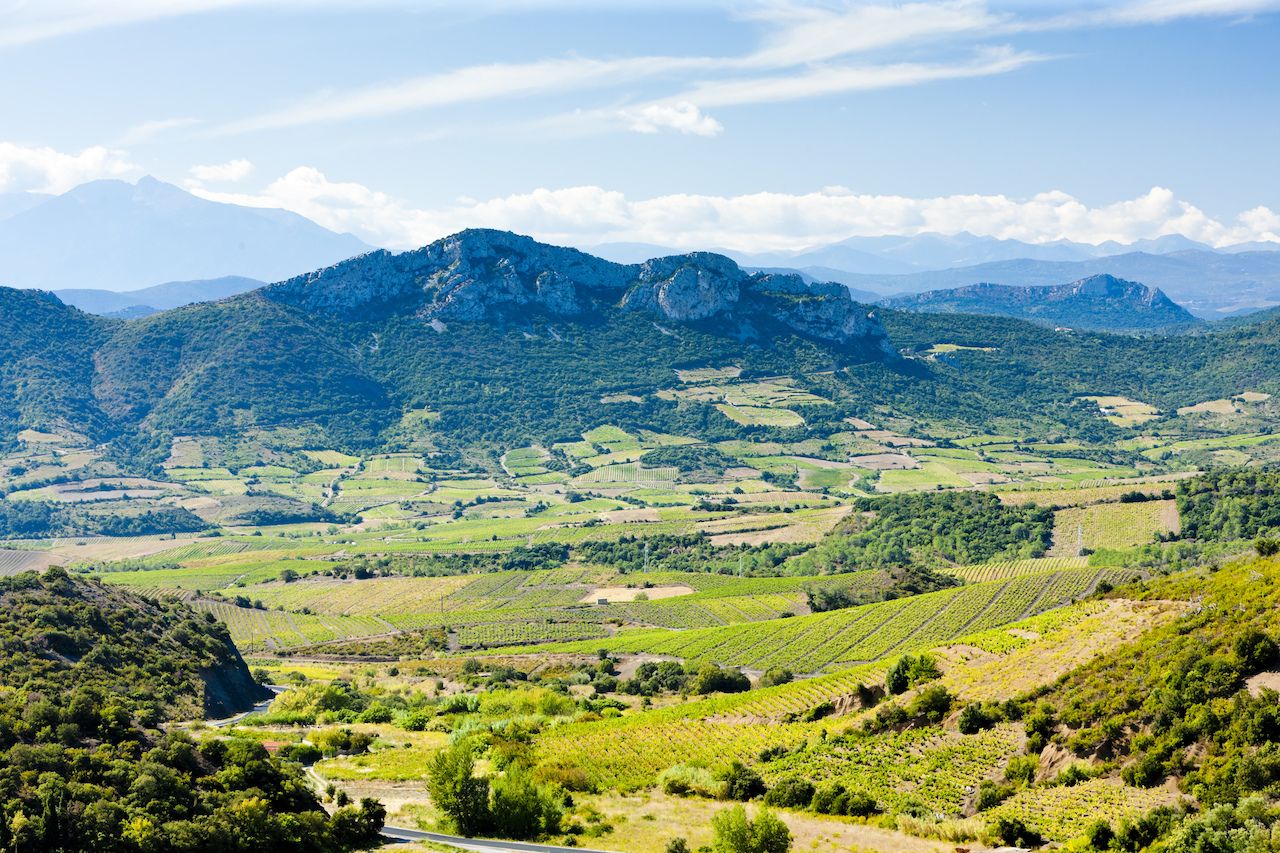

Outside with the city, you’ll find over 90 trails during the Languedoc, 40 which lie in the Pyrénées-Orientales. We propose checking the Gardon Gorges or Sentier des 1000 Marches; to get a simpler stroll, consider the Canal du Midi — in case one happens to pass through the Pont du Gard, better yet.
For water-focused activities, such as sailing, windsurfing, or renting a yacht, you’ve got a good option. With a multitude of marinas dotting the Languedoc’s coast, it’s almost harder to prevent yourself from the chance to take part in water activities rather actually participate. We propose exploring the Centre Nautique Grande-Motte, La Franqui’s Adrénaline Kitesurf, or Centre Nautique en Ville de Sète to have benefit for the sparkling coastline.
3. There’s more to drink than just rosé.
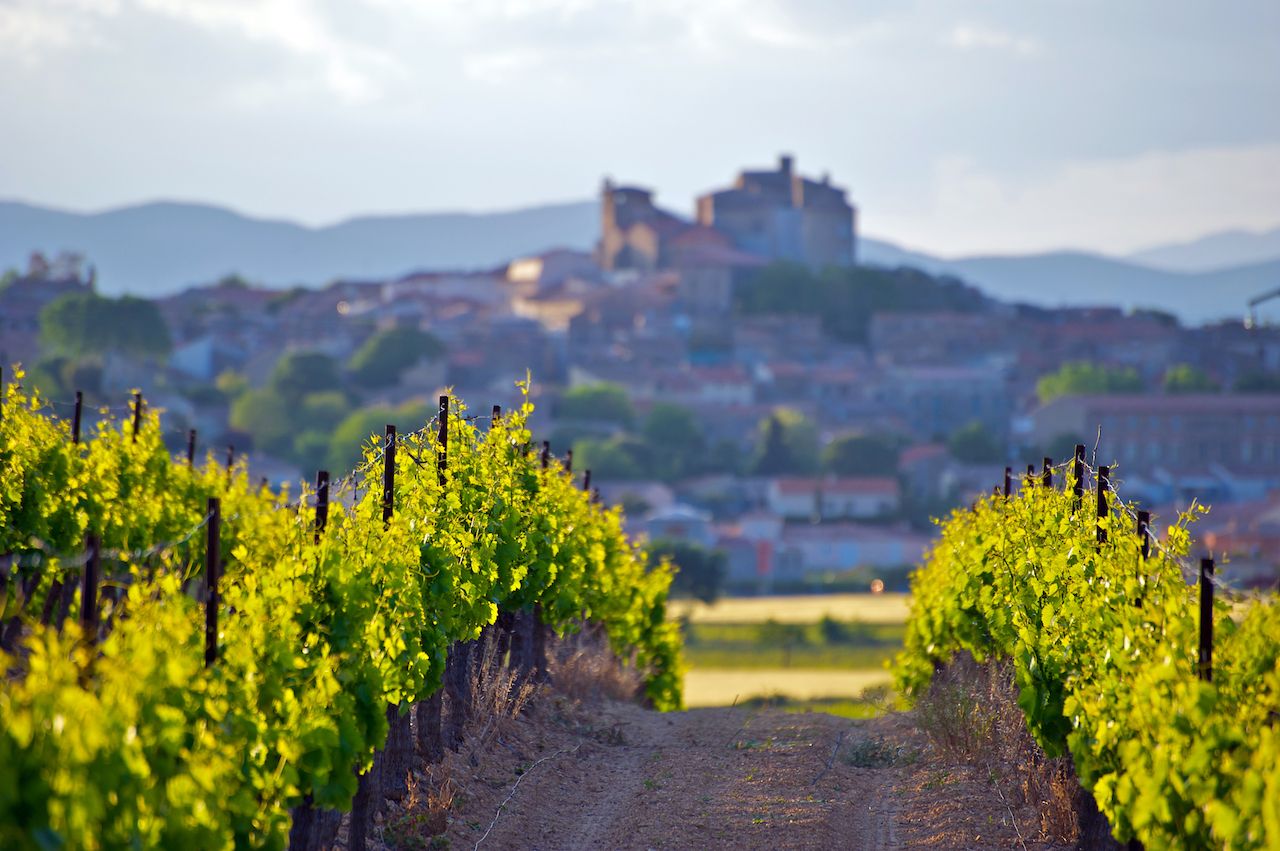

As as much as we enjoy Provencal rosé, the Languedoc’s viticultural scene can appear far more diverse, producing a range of reds, whites, rosés, and naturally sweet wines (vin doux naturel) across a variety of appellations. The Languedoc has over 700,000 acres under vine, which makes it France’s largest wine-producing region; the fact is, this particular region alone is in charge of greater than one-third in the country’s annual wine production. Sip on local Grenache-based reds, GSM blends, or even choice of international varieties; or quench your thirst by using a diversity of whites, like lip-puckering whites of Picpoul or refreshing bubblies of Limoux. And definitely, don’t forget some glasses of rosé, manufactured from local varieties.
Notable wineries to visit:
- Mas de Daumas Gassac (Aniane)
- Maxime Magnon (Corbières)
- Maison Ventenac (Ventenac-Cabardès)
- Domaine Gayda (Brugairolles)
- Château l’Hospitalet — Gérard Bertrand (Narbonne)
4. You can obtain an up-close look at Medieval history.
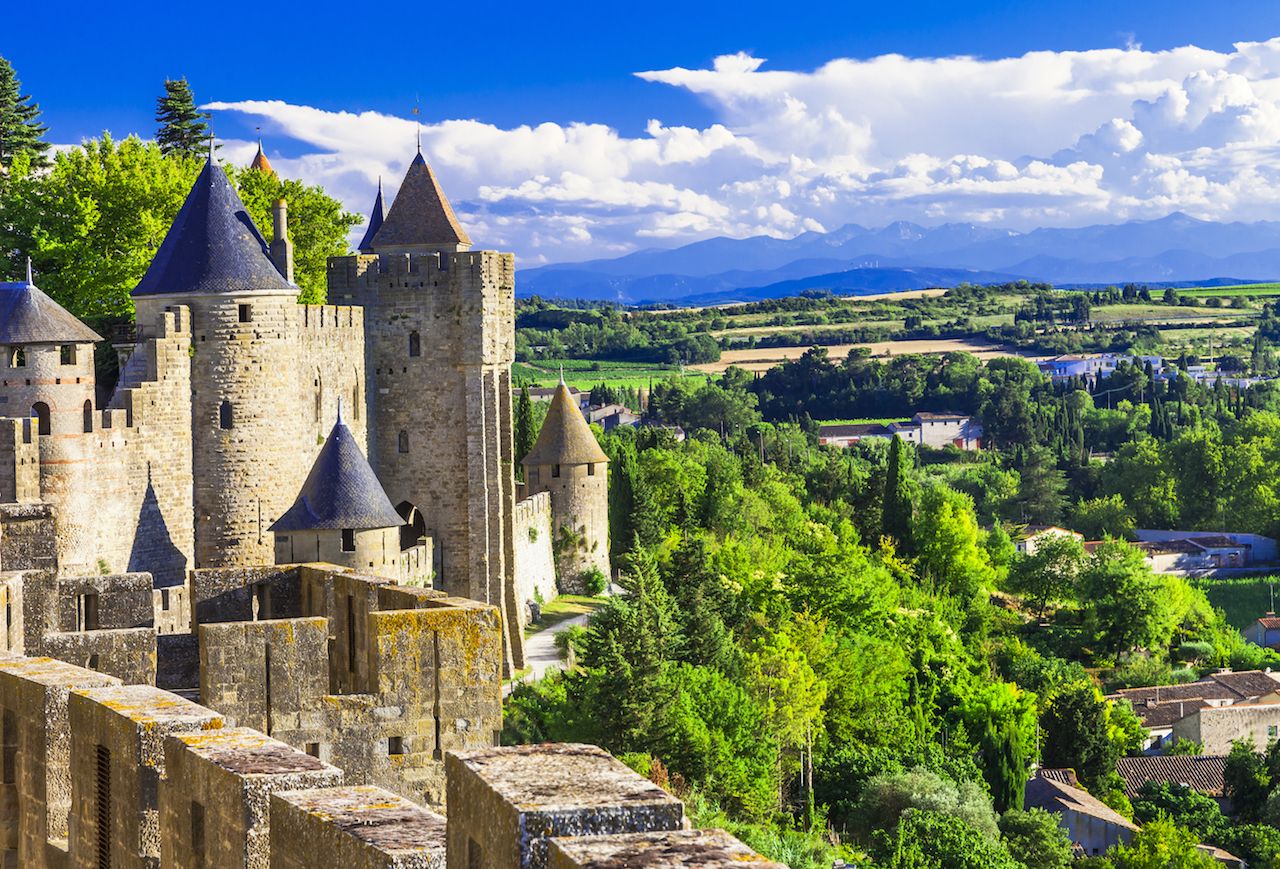

For a history buff, head over to Carcassonne, the Languedoc’s instant transport to medieval history. Located 80 kilometers east of Toulouse and wedged involving the Atlantic Ocean and the Med, the city’s strategic location proved optimal throughout multiple periods of history, from Neolithic times over the Middle Ages. The city’s fortified hilltop, known as the Cité de Carcassonne, was constructed through the Gallo-Roman times, and was expanded upon from the 13th and 14th centuries. Today, Carcassonne is the largest walled city in Europe, gaining UNESCO World Heritage Site status in 1997. Please take a self-guided walking tour via the city’s fortified walls and look at for regional products, like Med salt and honey, at an range of tiny shops.
5. The beaches are stunning.
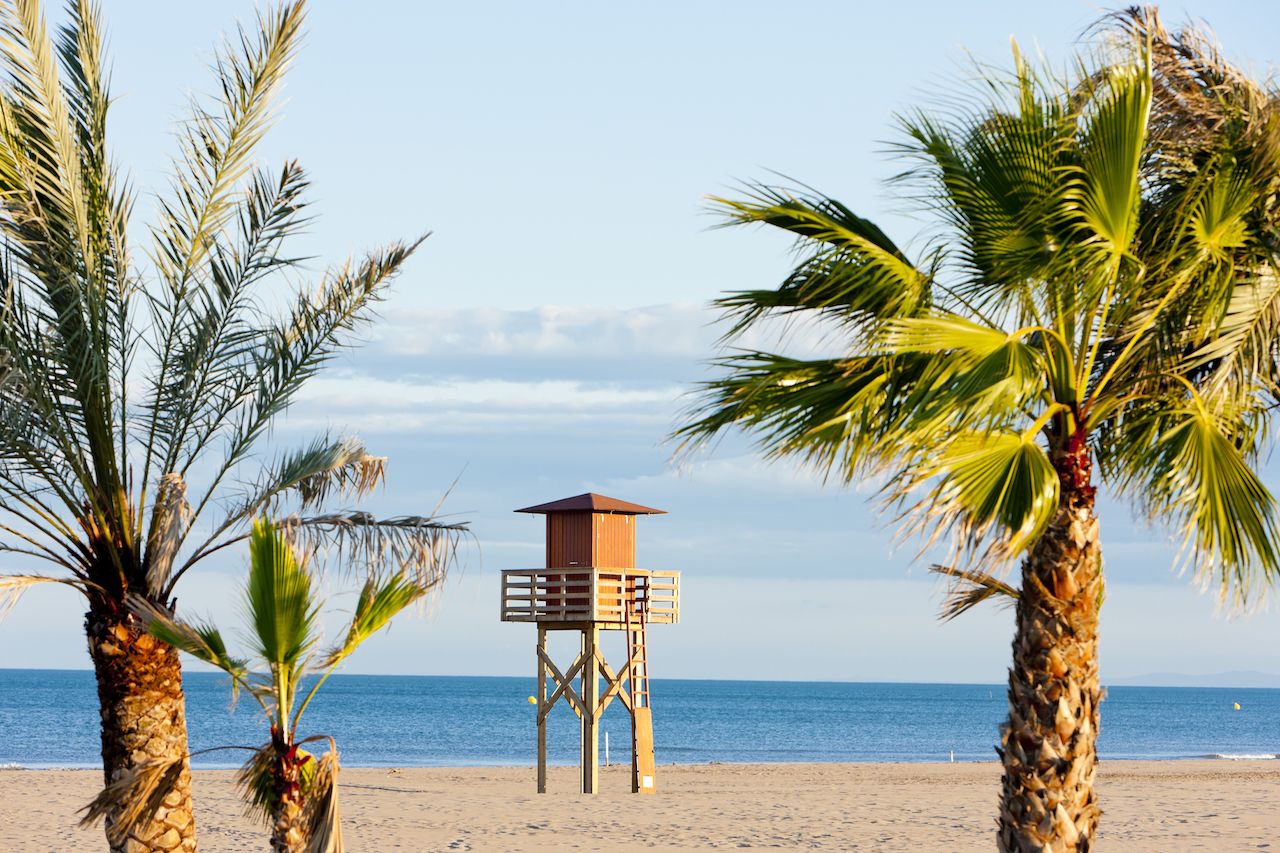

People arrive at the south of France to ogle in the glittering seaside, as well as the Languedoc doesn\’t disappoint. You\’ll find over 40 different beaches in the region, having fewer tourists than Nice and St. Tropez. Towards the east, Espiguette is delightful, boasting coves, flamingos, and a variety of lagoons. Carnon is easily accessible from Montpellier’s city center, offering a sandy avoid the city’s abundant shops and nightlife. Further west, beaches of Narbonne are not to be missed; they’re towards the city center, yet vast enough don\’t feel crammed. La Franqui is located next to a sweet village center, using a number of laid-back restaurants to take a seat and sip a beer at. As well as in Perpignan, on the west, sits Argeles, one in every of the very best beaches during the whole country; it’s large and open, having a breathtaking Pyrénées backdrop, encompassed by flowers and trees. The Catalan-influenced seaside village of Collioure can be worth an appointment, full of seafront restaurants and bars, ancient architecture, and also a bustling promenade.








